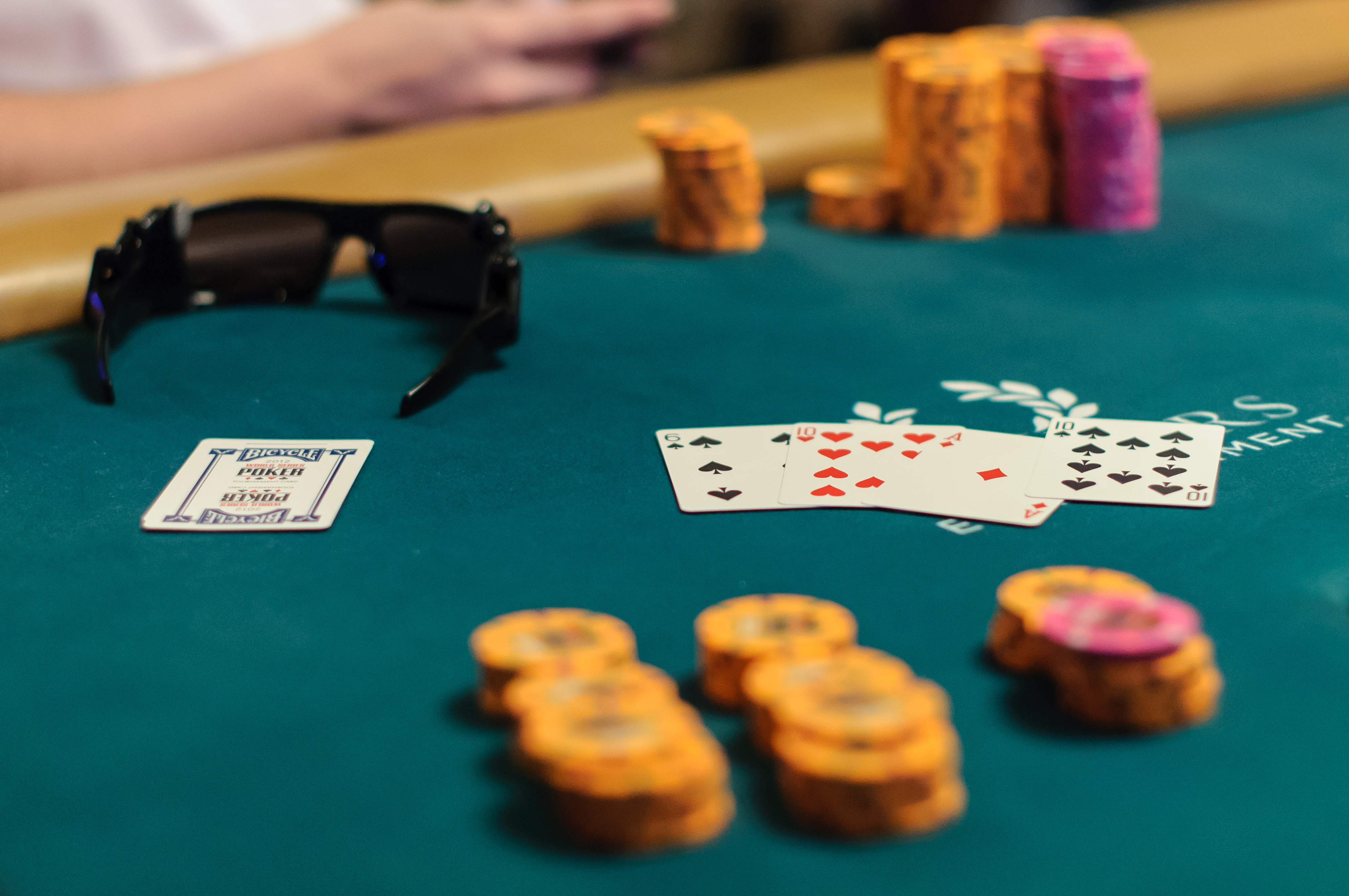How is Pot Limit Omaha Different From No Limit Hold’Em
The Pot-Limit Omaha Book: Transitioning from NLHE to PLO – Tri Nguyen, 2012. Among the rare volumes that felt a need to explicitly state that they are, in fact, a book, The Pot-Limit Omaha Book can be considered a very basic guide for a player who’s transitioning from No Limit Texas Hold’em. Part of the 'How to' series where I'll give the basics and some pointers on how to play all the different poker variants.Check out my Full Contact Poker Podc.
While there are many elements of Pot Limit Omaha (PLO) and No Limit Hold’Em (NLH) play that are similar, the increase to four pocket cards and the betting caps directed by Pot Limit direct different strategic approaches for PLO as compared to NLH. NLH players new to PLO will need to focus on the most basic difference: you must use exactly two of your four hole cards and exactly three board cards to create your hand. Think that’s easy? Well, see how often you believe you have made a straight when you actually have not. The field of Cognitive Psychology teaches us about learning inhibition – past learning inhibits future knowledge acquisition. For that reason, breaking NLH habits are more difficult than you might imagine.
There are several other key differences between PLO and NLH that you need to be aware of as you start your PLO career:
Pre-flop Equity Differences in PLO are Much Smaller than in NLH
Most hands in PLO have no more than a 2:1 pre-flop equity advantage. While a hand with two aces in NLH will on average be about an 85% favorite against any random hand, in Omaha holding two aces and two other random cards will only make you about a 65% favorite against any other four random cards. So many combinations can hit hands on a flop that even the raggiest of starting hands have potential against very strong hands. However, this still does not mean you should play any four cards from any position!
PLO Loves Action
The reduced differential in PLO pre-flop hand equities means that players frequently have pot odds (actual or implied) to enter a hand pre-flop, particularly in late position. While a tight NLH player might only voluntarily put money in to see the flop 15% of the time, that same frequency would be exceedingly tight for a PLO player. As with NLH, the exact percentage of hands you should play pre-flop will vary based on many factors, but expect even very good players to be in as many as 20%-30% of pots. Overall, you can loosen up pre-flop in PLO, just don’t overdo it.
The pot limit nature of PLO also makes it more difficult to push players out of the hand pre-flop. The upshot is that in PLO, you’re going to see a lot more flops. Be prepared to sharpen your board reading skills and post-flop play. NLH players transitioning to PLO can also find it challenging to put players on hand ranges, given the differences in pre-flop approaches between the two games and the increased combinations that four cards yield post-flop.
Position even More Important in PLO
PLO is a drawing game, so you want to be in position on your draws. You will find that there is more calling behind pre-flop than 3-betting, and more defense of 3-bets in position. Players hang in there in PLO. They rarely limp fold from early position. If you are 3-betting pre-flop, it should generally be for value, and not as a bluff. And while play is loose, you often don’t want to increase the pot size too quickly before seeing the flop.
Out of position you should only be raising with premium hands. Otherwise, try to keep the pot multi-way.
Set Mine with Caution in PLO
While set mining in with small pairs in NLH games can be profitable, it should generally be avoided in PLO. The odds of losing set over set, or a set losing to a straight or flush is much higher than in NLH. A hand like should often be discarded.

You Need Much Stronger Hands to Win at Showdown

“But it’s only 2 extra cards”, right? Wrong. It takes a much stronger hand to win a showdown in PLO.
A flush in NLH is often good and you can generally bet with impunity with even a small flush. In PLO, you need to play a small flush very carefully. There are many times when small flushes have to be folded. Similarly, while two pair is a strong holding in NLH, it is generally only a bluff catcher in PLO. Over-pairs are likely to call a raise on the flop in NLH, but they are folding most of the time in PLO.
You also need to be judicious about your draws. When drawing to flushes or straights, you almost always should be drawing to the nuts. No drawing to the bottom end of the straight, a low flush, or the third nut flush. Those hands will get you into trouble more often than not.
Suitedness Matters More in PLO
Double suited pocket aces (such as ) and double suited “rundowns” (such as ) are some of the best hands in PLO.
can flop top set and has two ways to make the nut flush. It can even flop a straight draw to go along with it.
can flop “wrap” draws with over 20 outs. This hand can flop such a powerful draw that it can be a favorite over the nuts on the flop! In NLH, that’s never possible. If you flop the nuts, you’ll always be a favorite to win.